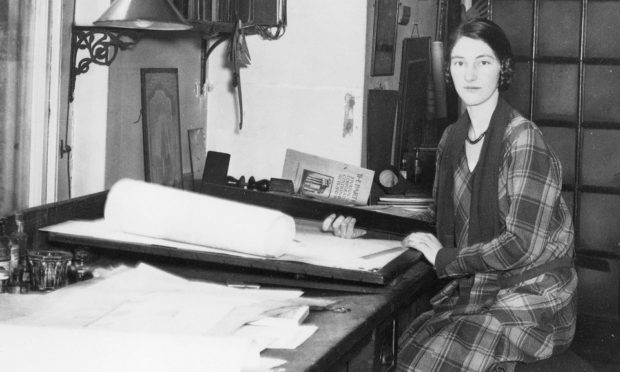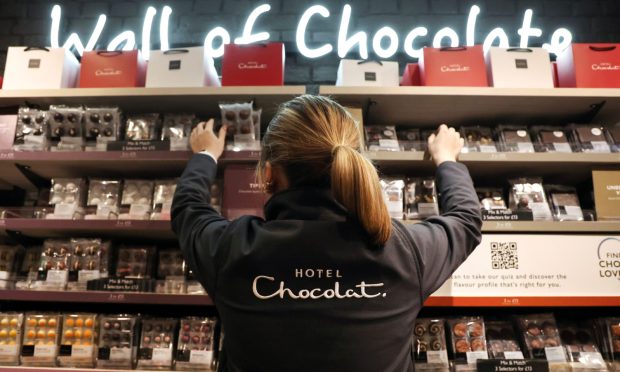Historians have appealed for help in piecing together the life of a Scots pioneer of female architects, mysteriously murdered in Fife 51 years ago this month, after visiting a religious retreat there.
Kathleen Veitch was born in 1907 to a tweed manufacturer in Dollar, Clackmannanshire, and raised near Hawick.
She was sent to St Leonard’s School in St Andrews as a boarder, and there a perceptive house mistress noted that she had an eye for colour and a talent for maths – and encouraged her to pursue a career in architecture.
It was a controversial career choice for a woman – the Glasgow School of Art had only begun to admit women around 1905 and Gray’s School of Art in Aberdeen had awarded a Diploma in Architecture to a woman in 1914.
After passing her exams in 1929 she went on to have a distinguished career.
A devout Catholic, she dedicated a decade of her retirement to working on renovations of the Church of Our Lady and St Joseph in Selkirk, and would often travel to Elie and Earlsferry in Fife, to attend a Catholic retreat.
On March 11 1968, her body was discovered there on the north shore of the Forth.
Her fractured skull and signs of strangulation left no doubt to the police that her death should be investigated as a murder. She may have been killed the month before.
Bryony Donnelly of Historic Environment Scotland said: “Heartbreakingly, we could not find any public records of her being reported as missing before the discovery of her body.
“A local man was suspected of her murder, but after being questioned, no charges were brought. His accidental death some time later prompted police to close the case.
“The full circumstances of Kathleen’s death, like much of her architectural work, remain unrecorded.
“We want Kathleen’s legacy to live on and be remembered. She made significant contributions to the built environment of the Scottish Borders and was a talent that fought against the tide to be acknowledged.
“She was a pioneer of women architects and even today she would have been a minority.
“There are around 38,500 registered architects in Britain and only 26% are women.”
Kathleen began her studies with the Architectural Association (AA) in London in 1924.
Unlike the Scottish schools trailblazing the way to equality, the AA only began to admit women in 1917.
Kathleen found work as an assistant with Romaine-Walker & Jenkins architects in London. In 1930, she was admitted as an Associate of the RIBA – one of only 40 women.
Described as “a slim, fair-haired girl”, she won a prestigious Travelling Scholarship and went by steamer to Spain to sketch the architecture there.
Her sketchbook is now in the Historic Environment Scotland Archives.
After her return, her career was split between Scotland and London. From around 1931-34, she lived in the Scottish Borders again, and was employed by the Duke of Roxburgh to make improvements to his estate.
Kathleen was appointed an associate of The Royal Incorporation of Architects in Scotland in 1956 and retired shortly afterwards.










